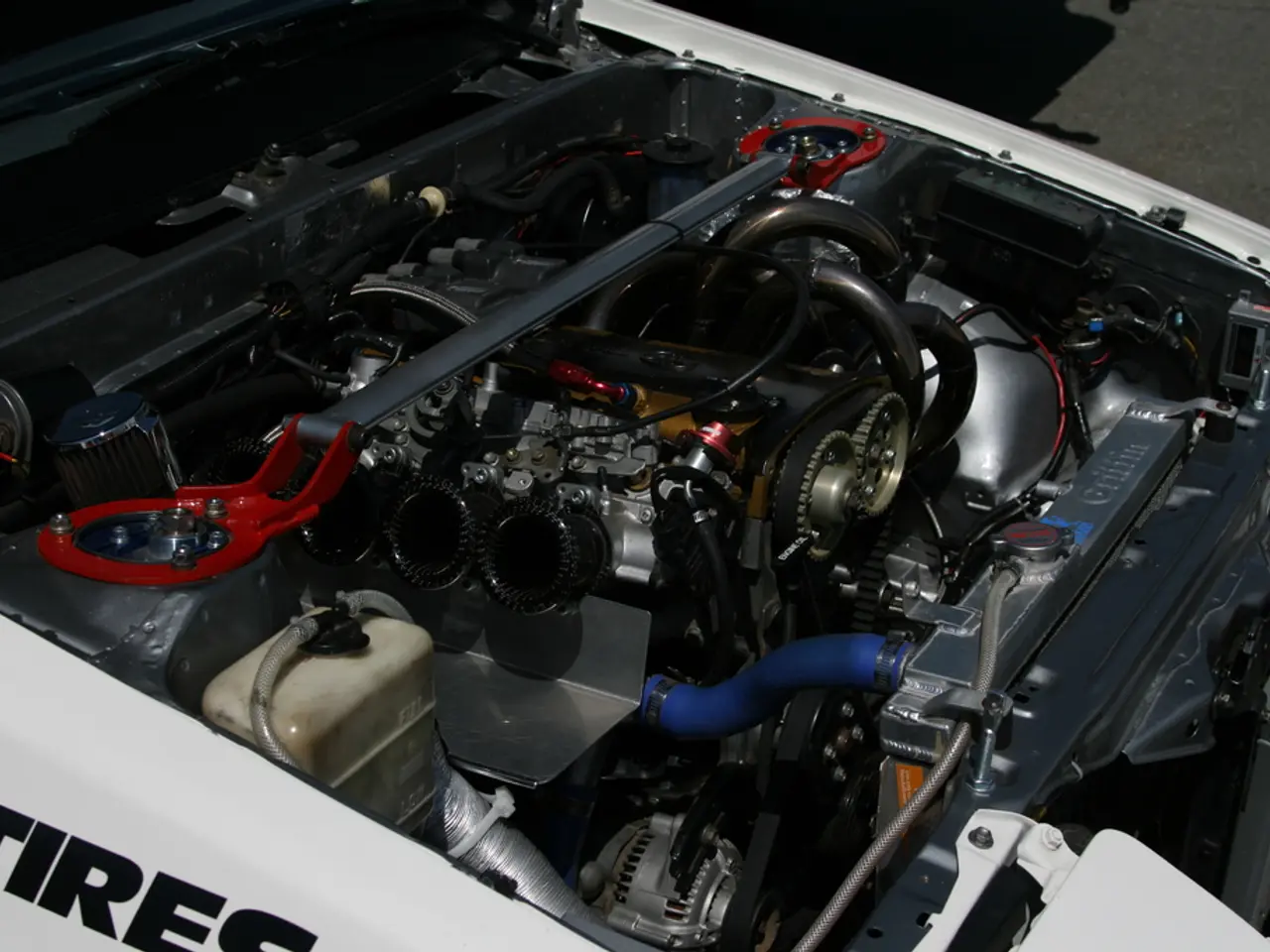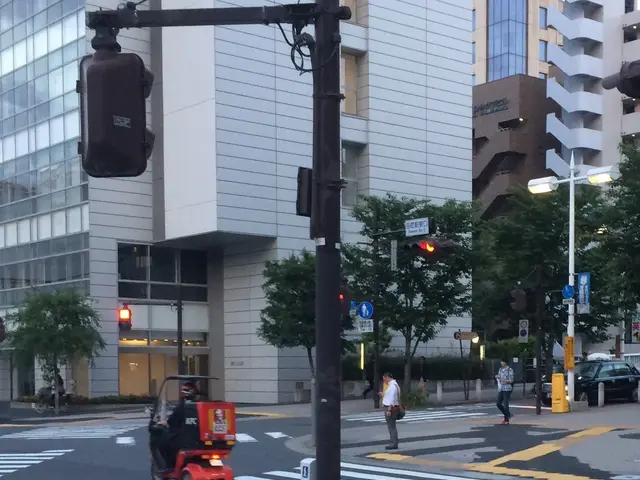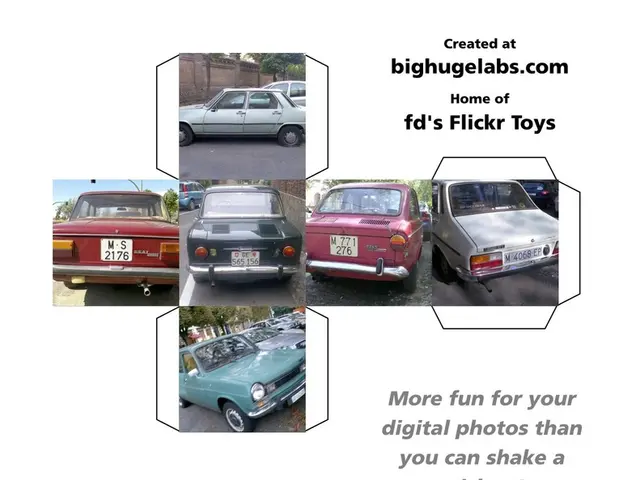Swap stations for passenger vehicles constructed by CATL exceed 400 in number
CATL Aims for Thousands of Battery Swap Stations by 2028
China's Contemporary Amperex Technology Co. Limited (CATL) has made significant strides in the battery swap business, with collaboration agreements in place with major automobile manufacturers and energy companies.
CATL has partnered with Changan Automobile, Wuling, FAW Group, SAIC Motor, and Sinopec to develop battery swap technology for passenger vehicles and heavy-duty trucks. As of the end of July, CATL had constructed over 400 battery swap stations for passenger vehicles, with plans to reach 1,000 stations by the end of this year.
However, as of the end of 2022, CATL had not yet reached the milestone of 1,000 battery swap stations for passenger vehicles. The company has, however, articulated strong expansion plans starting in 2025, with a target of building 1,000 battery swap sites in 2025 and expanding to 10,000 stations by 2028.
CATL's board secretary, Jiang Li, told the Financial Times that the company plans to introduce its battery swap and recycling technologies to Europe. In March this year, CATL announced a partnership with Nio to jointly build the world's largest and most advanced battery swap service network for passenger vehicles.
CATL has also collaborated with Kandi, a company specializing in battery swapping technology. Kandi's subsidiary, China Battery Exchange Technology Co., has secured its first heavy truck battery swapping station order from CATL to support this ambitious 10,000-station deployment plan.
In the first half of the year, CATL's net income was RMB 30.5 billion, up 33 percent year-on-year. The company has jointly launched over 20 models with automotive customers that support battery swap using its Choco-SEB technology. CATL is also collaborating with Sinopec, Nio Inc (NYSE: NIO), and Didi to accelerate the development of the battery swap ecosystem.
In December 2024, CATL announced an ambitious infrastructure development plan, aiming to have 1,000 battery swap stations by the end of 2025, and a medium-term goal of building 10,000 stations. The company made a major update to its battery swap business in the same month, announcing two standardized Choco-SEB battery packs.
Changan Automobile has also started deliveries of an electric sedan built on CATL's battery swap technology. In the second quarter, CATL reported a net income of RMB 16.6 billion ($2.3 billion), up 34 percent year-on-year.
Despite not reaching the 1,000-station battery swap network for passenger vehicles by the end of 2022, CATL has shown clear signs of commitment to expanding its battery swap infrastructure in the coming years, with partnerships and ambitious plans in place to realize a multi-thousand-station network in the near future.
Read also:
- High-Performance McLaren Automobile: McLaren Speedtail
- BYD introduces the Seagull compact hatchback model in El Salvador
- Forward-Thinking Event Unveils the Next Era of Transportation
- Daily Digest for July 28: Launch of Kinetic DX, Expansion of BYD's Indian operations, Steelbird's production goals, along with other updates...








